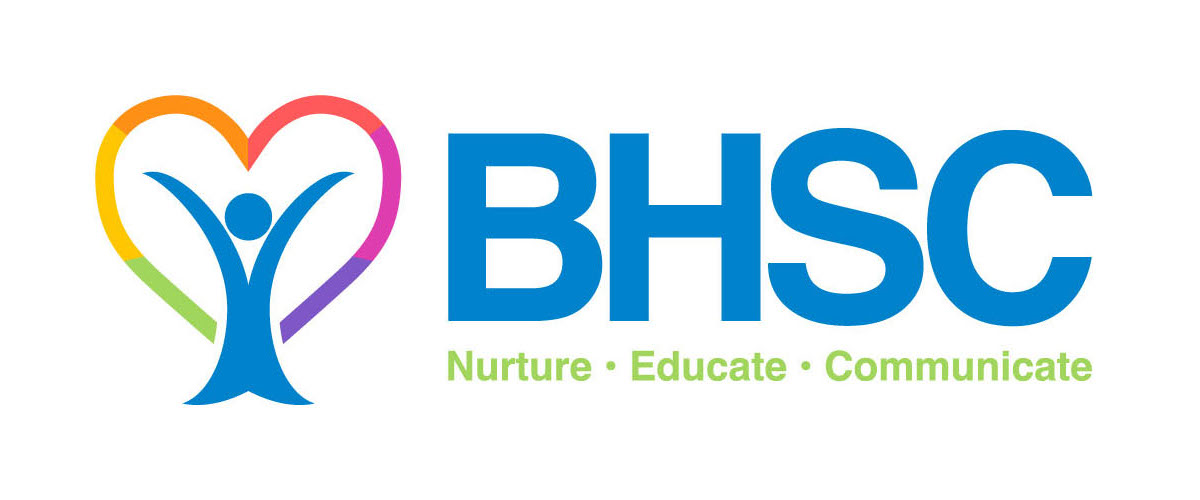I have two young grandsons who are part of the “wired in” generation. They had access to video games and computers from the time they could manipulate a controller or push an app on a video screen. To say they are facile with all things electronic would be a gross understatement. They, like many children their age and younger, spend a lot of time in front of fast moving, loud, stimulating, rapidly changing imagery. As such they have grown up accustomed with and adapted to this particular kind of stimulation. A variety of research all suggest that this “wired in” phenomena is having an effect on children’s development and may actually be re-wiring their brains in ways which parents and teachers have not seen before.
Today children are more distractible than ever. The speed at which they view and process information from computers, video games and other online media has greatly impacted the way in which their brains assimilate and translate information. Most teachers will tell you that they are seeing more and more children in their classrooms with what looks like attention difficulties. It is a growing concern with child development today- you have likely heard or read about the vast numbers of children being diagnosed with Attention Deficit Hyperactivity Disorder.
Not to make this too clinical but there are basically three patterns of behavior that indicate ADHD: inattention, hyperactivity, and impulsivity (difficulty controlling one’s actions).
Some signs of inattention can include:
-becoming easily distracted by irrelevant sights and sounds
-failing to pay attention to details and making careless mistakes
-rarely following instructions carefully and completely
-losing or forgetting things like toys, or pencils, books, and tools needed for a task
-showing visible disinterest or having a look of confusion when being spoken to
Signs of hyperactivity and impulsivity are:
-feeling restless, often fidgeting with hands or feet, or squirming
-running, climbing, or leaving a seat in situations where sitting or quiet behavior is expected
-blurting out answers before hearing the whole question
-having difficulty waiting in line or for a turn
A common misconception about children with attention problems is that they aren’t paying attention at all. But children who struggle with attention may actually pay attention to everything; their difficulty is deciding what to focus on and maintaining that focus. And since attention is a complex neurocognitive process, there are several areas where signs of struggle appear.
If you suspect that your child may be having attention problems at school or at home, a good place to start is with some testing for a condition known as Central Auditory Processing Disorder. Auditory Processing Disorder (APD), also known as Central Auditory Processing Disorder (CAPD), is a complex problem. Simply stated, it is something that adversely affects the processing or interpretation of information that is heard. APD is best described as “not what you hear, but what you do with what you hear.” While often diagnosed in childhood and adolescence, CAPD is also seen in adults where it often manifests with work related problems.
Buffalo Hearing & Speech Center has skilled clinicians (Audiologists and Speech Language Pathologists) who are very familiar with the diagnosis and intervention protocols for children and adults who may be experiencing attention difficulties. Please visit our website www.askbhsc.org, or call us to learn more about how we may be able to help you or your child.
Be well, joe cozzo




